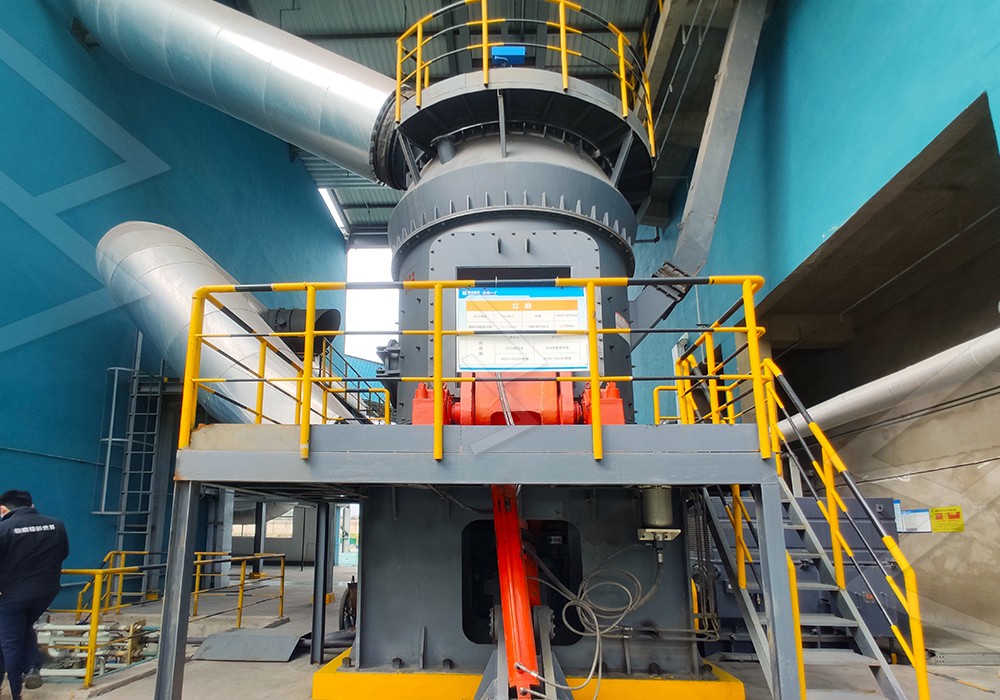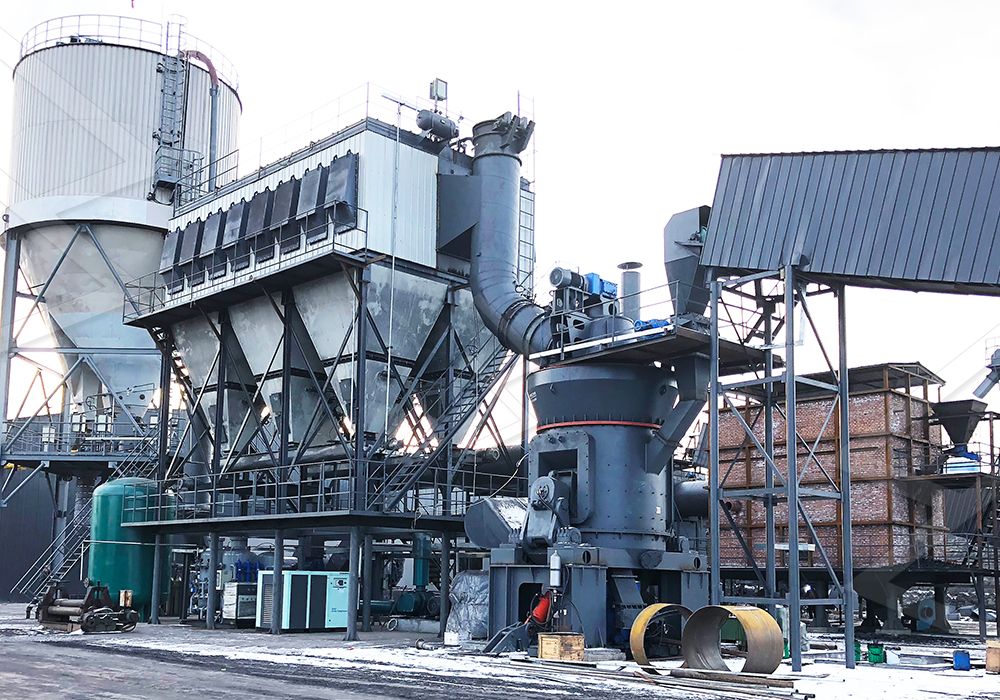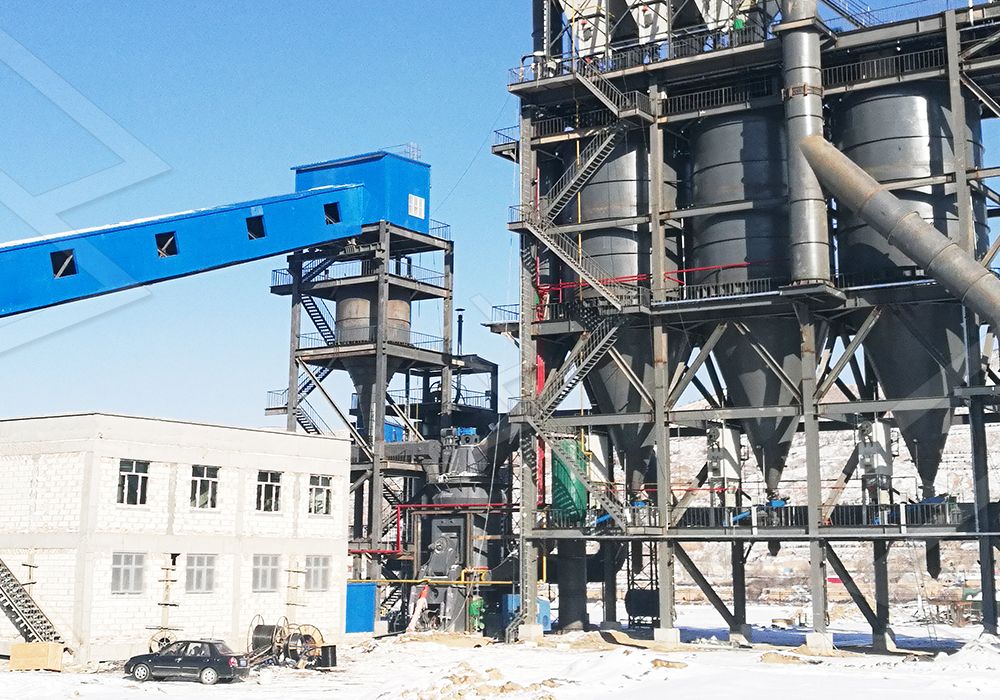Steel Slag Grinding Mill for Efficient Slag Powder Production
Transforming Industrial Byproducts Into Valuable Resources
The steel manufacturing industry generates substantial amounts of slag as a byproduct, presenting both environmental challenges and economic opportunities. With growing emphasis on sustainable industrial practices, the efficient processing of steel slag into high-quality powder has become increasingly important. Modern grinding technology plays a pivotal role in this transformation, turning waste material into valuable products for construction, cement production, and various industrial applications.

The Critical Role of Specialized Grinding Equipment
Steel slag possesses unique characteristics that demand specialized grinding solutions. Unlike conventional materials, slag often contains metallic components, varies in hardness, and requires precise particle size distribution for optimal utilization in downstream applications. Traditional grinding mills frequently struggle with these challenges, leading to excessive wear, inconsistent product quality, and higher operational costs.
Our extensive research and field experience have demonstrated that vertical grinding mills specifically engineered for slag applications deliver superior performance. The LM Vertical Slag Mill represents a technological breakthrough in this domain, integrating drying, grinding, powder selection, and conveying into a single, efficient system. With an input size capacity of 38-65mm and throughput ranging from 7-100 tons per hour, this equipment handles industrial slag with remarkable efficiency.
Advanced Features for Optimal Slag Processing
The unique grinding mechanism of specialized slag mills addresses the specific challenges posed by steel slag. The integration of grinding and powder selection within one device not only reduces investment costs but also enhances process stability. The wear-resistant components, manufactured from high-performance materials, withstand the abrasive nature of slag, ensuring extended service life and reduced maintenance requirements.

For operations requiring ultra-fine powder production, the MW Ultrafine Grinding Mill offers exceptional capabilities. This advanced system processes materials with input sizes up to 20mm and capacities ranging from 0.5 to 25 tons per hour. Its innovative design eliminates rolling bearings and screws within the grinding chamber, significantly reducing maintenance concerns and potential machine damage from loose components. The adjustable fineness between 325-2500 meshes, coupled with efficient pulse dust collection, makes it ideal for producing high-value slag powders for specialized applications.
Economic and Environmental Benefits
The transition to specialized slag grinding equipment delivers substantial economic advantages. The LM Vertical Slag Mill reduces energy consumption by 30-40% compared to traditional ball milling systems while occupying approximately 50% less space. These efficiency gains translate directly to lower operating costs and improved profitability for slag processing operations.
Environmental compliance represents another critical consideration. Modern grinding mills incorporate comprehensive dust collection systems that effectively control particulate emissions. The negative pressure operation and sealed systems prevent dust spillage, ensuring that production meets stringent environmental standards. Additionally, the reduced noise levels contribute to better working conditions and community relations.

Practical Considerations for Mill Selection
When selecting grinding equipment for slag processing, several factors warrant careful consideration. The moisture content of raw slag influences the choice between systems with integrated drying capabilities. The target particle size distribution determines whether standard vertical mills or ultra-fine grinding systems better suit operational requirements. Additionally, the presence of metallic components may necessitate magnetic separation prior to grinding to protect mill components and ensure product purity.
Our technical team recommends conducting comprehensive material testing to determine the optimal grinding solution for specific slag characteristics. This proactive approach ensures that selected equipment delivers maximum efficiency and product quality while minimizing operational challenges.
Frequently Asked Questions
What is the typical particle size distribution achievable with modern slag grinding mills?
Advanced grinding systems can produce slag powders with fineness ranging from coarse grades (around 200 mesh) for cement replacement applications to ultra-fine powders (up to 2500 mesh) for specialized industrial uses. The MW Ultrafine Grinding Mill specifically offers adjustable fineness between 325-2500 meshes with screening rates achieving d97≤5μm.
How does the energy consumption of vertical slag mills compare to traditional ball mills?
Vertical slag mills typically reduce energy consumption by 30-40% compared to conventional ball milling systems. This significant efficiency improvement results from optimized grinding mechanisms, integrated processes, and advanced powder selection technology.
What maintenance requirements should operators expect with specialized slag grinding equipment?
Modern mills are designed for minimal maintenance through features like external lubrication systems, wear-resistant components, and accessible maintenance points. The LM Vertical Slag Mill’s reversible structure allows easy roller removal for inspection and replacement, reducing downtime significantly.
Can slag grinding mills handle variations in feed material characteristics?
Yes, advanced grinding systems incorporate adjustable parameters including grinding pressure, rotational speed, and separator settings to accommodate variations in slag composition, hardness, and moisture content. Hydraulic systems and PLC controls enable quick adjustments to maintain optimal performance.
What environmental controls are integrated into modern slag grinding systems?
Contemporary grinding mills feature comprehensive environmental protection systems including efficient pulse dust collectors, silencers, noise elimination rooms, and fully sealed operation under negative pressure. These systems ensure compliance with national environmental standards while maintaining operational efficiency.
